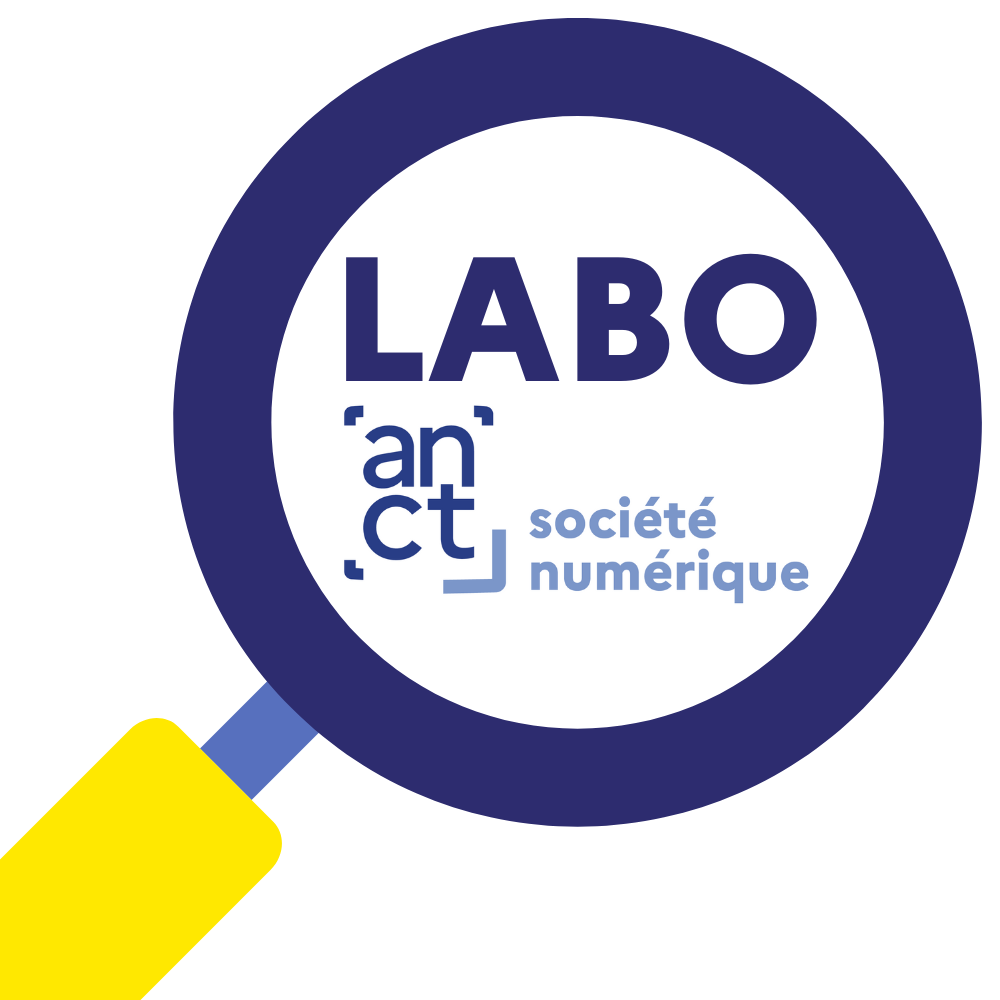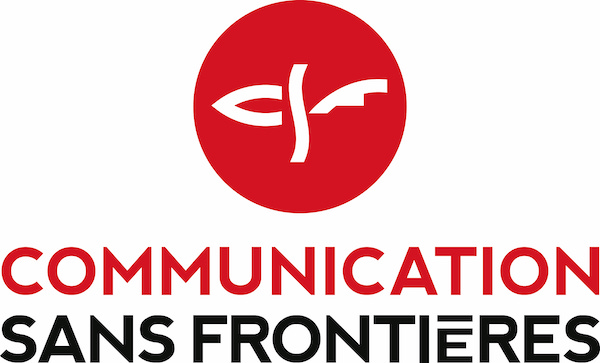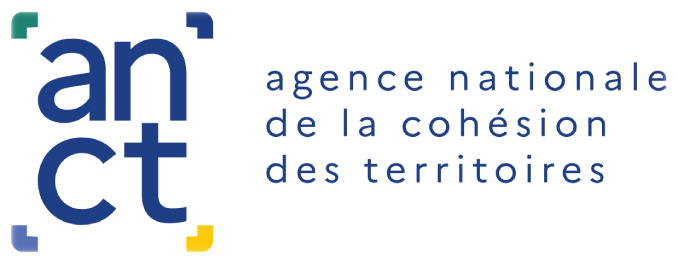Whether it's to raise public awareness of the causes they promote, to publicize their actions, to mobilize the public during the campaigns they launch, or to raise funds, NGOs and humanitarian associations have learned in recent years to take advantage of social networks.
The association "Communication Sans Frontières" (which advises NGOs) conducted in 2015 and 2016 with Harris Interactive, two surveys to better identify the attitudes, perceptions and expectations of French Internet users vis-à-vis̀ associations and NGOs on social networks.
The 2015 survey highlighted three main expectations for̀ NGOs on social networks: transparency, information and education.
- Transparency: explain more précisely what is done with the donations collected (68%), publish the association's annual balance sheet (45%).
- Information: inform in real time about actions in the field (39%), propose videos, detailed reports on field actions (23%).
- Pedagogy: explain how its activitý is different from other NGOs (22%).
We learn that 27% of French Internet users (21% in 2014) say they follow the publications or news of at least one NGO or humanitarian association on social networks.
Among them, 56% simply consult the pages without taking any particular action, 52% view the videos, and 44% "like" them. 35% of them (or 9% of Internet users) say they relay NGO publications to others or make donations.
The social marketing consultancy Digimind had undertaken in 2015 to evaluate the influence of the main NGOs on social networks: it took into account "the conversations of Internet users and media during the period studied" as well as "the performance of social accounts managed by the NGOs themselves."
International NGO Conference 2016: "The Challenges of the Digital Revolution for NGOs"
The International NGO Conference held from December 12 to 14, 2016 at UNESCO Headquarters was dedicated this year to the " Challenges of the Digital Revolution for NGOs ". For three days, 250 NGO representatives from around the world debated digital access to information and the impact of digital on the diversity of cultural expressions.Références :





